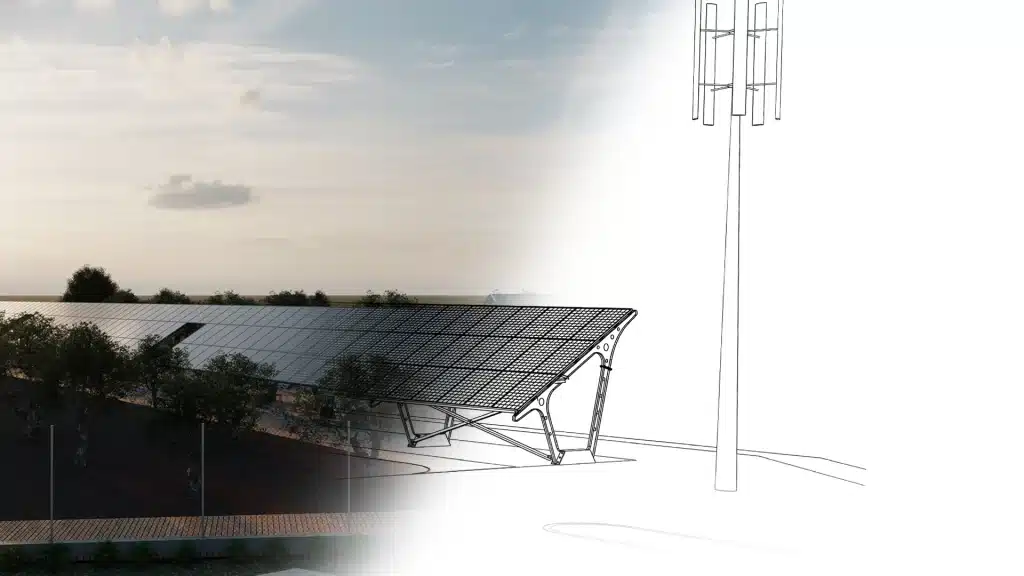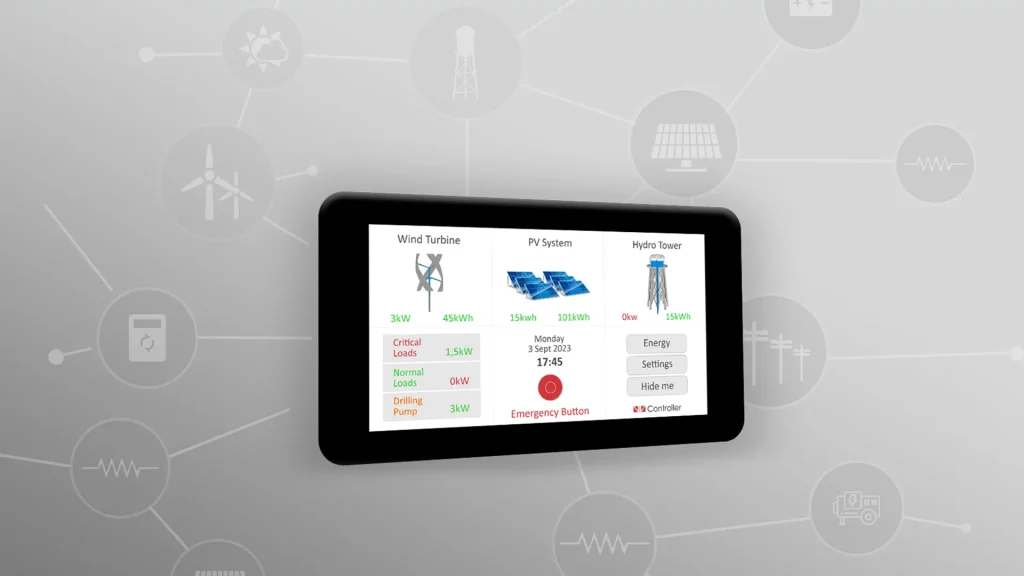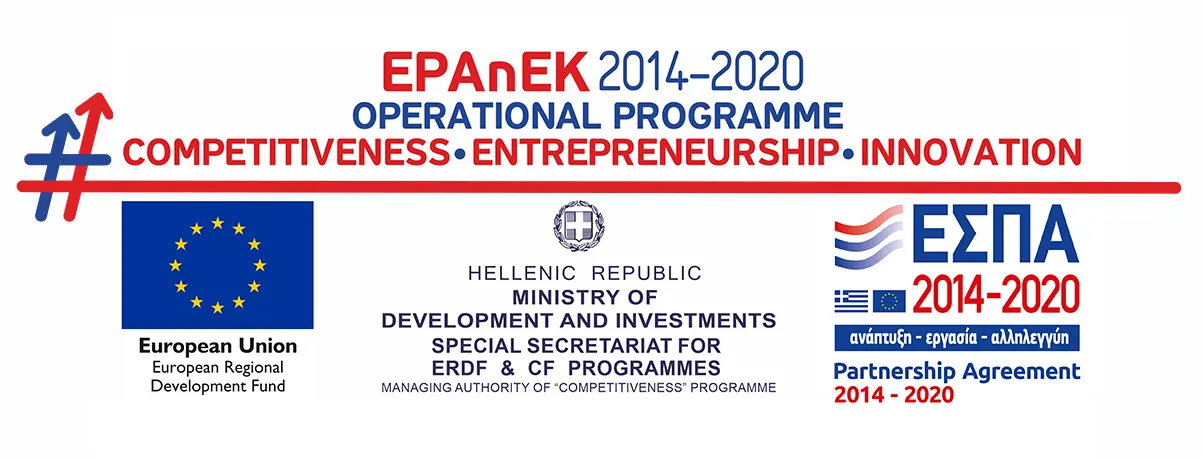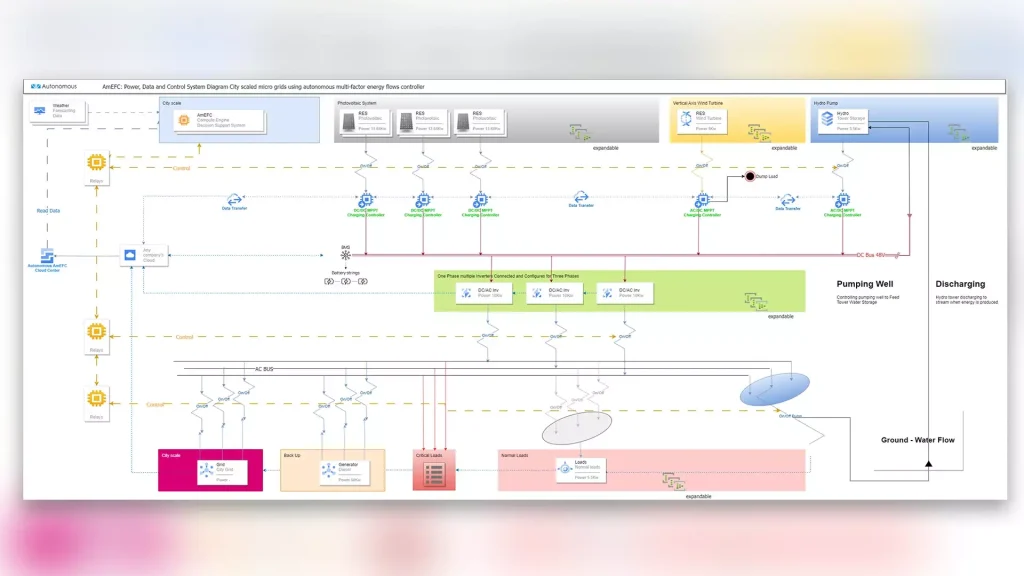
In an era where the need for sustainable and environmentally friendly energy production is imperatively recorded, IONIKI Engineering introduces a truly innovative system of electricity production and optimal management. Its goal is to offer a system that generates zero-cost electricity, stores it and, using innovative software, decides when to use it in order to achieve maximum efficiency. In other words, IONIKI Engineering's proposal has economic benefits, makes the user energy autonomous and self-sufficient and at the same time does not burden the natural environment in any way.
Benefits of proposed system
Each consumer with such a system, in essence, has access to free electricity, operates autonomously from the provider (and the problems of outages that may arise from it) and has a software, which analyzes, on his behalf, weather data and depending on the forecast for the next few days, it makes decisions about the utilization of the stored energy. Thus it succeeds in giving extra "value" to the energy produced
At the heart of this innovation is the complex use of three sources of energy:
- Photovoltaic panels
- Wind turbines
- Water tower
The water tower it's a surprisingly innovative feature, that works as a mechanism for energy storage, which is presented in more detail then.
Application possibilities
It is very important that the proposed system can, depending on the needs and limitations, be applied in full or in part, while retaining its advantages. For the needs of a residence (or a cluster of houses), for example, the software takes decisions on the percentage of the stored energy from the solar panels on the roof that will consume during night hours, according to the weather forecast for the next, or/and the day after that. So it achieves peak performance. The same philosophy applies to the needs of the largest scale (e.x. plants), with the difference that in this case, the system proposed in the comprehensive version, which contributes to even greater odds.
The operation of the system
It is important to know that the loads need to serve the generated energy are divided into two categories. In critical loads necessary for the basic operation of the system and must remain activated 24/7 and the normal loads, powered only when there is available overproduction.
The power generated from renewable energy sources, energy, moments of the day recorded sunshine and the winds high-intensity, after charging the batteries, powering the critical loads of the system and, subsequently, normal loads, and in the case of the energy generated exceeds the demand, then it is used to draw water (from a borehole) to the water tower, increasing the level of the water in this.
This stored water can then be used as a dynamic energy source: when power production is low or there is a need for more current, the water from the water tower can be released, driving the hydrogen generator to generate power, which in turn powers her battery. This cyclical mode of operation allows the system to manage energy very efficiently, providing an added level of reliability. Of course, if even so there is excess energy produced, then it is returned back to the grid and correspondingly, when the demand exceeds the production, the needs are covered by the grid.
The importance of the controller
The novelty of the research, in addition to the standard microgrid, based on the controller power flows of the system, which includes modern digital technologies through cloud software.
The uniqueness and innovation of the system are found in the central controller of IONIKI Engineering. Through an advanced software, the controller monitors production, consumption and weather forecasts in real time. Accordingly, it regulates the operation of the water tower, the interface and the loads, ensuring the stability of the system, while the system administrator has the ability to remotely access the system to make the desired modifications immediately. This possibility of personalized system management offered by the software is yet another of its advantages.
For example, evaluating a weather forecast for the next day stating that there will be sunshine and strong wind, the system will consume the stored energy in a water tower and batteries to meet the needs of normal load (if those needs are), while in the prediction (cloudy and apnea), then I would choose to maintain the reserves.
The ability to anticipate and adapt to the needs of the installation, combining the energy production, consumption and weather conditions, makes the system much more efficient and reliable.
Efficientbecause, approaching the optimum utilization of energy are reduced to the exchange of energy with the grid, and therefore the cost of these, a cost borne by the user. In addition to avoid unnecessary charge-discharges of the battery, something that slows down the natural, due to use, wear them. And apparently effective, because it is a system that can meet the energy needs and, over time, to fully recoup the investment chapter. It is also important to stress that the system, whether in terms of the RES, or the batteries are potentially scalable, depending on your energy needs.
As far as the reliability of the system is concerned, it is clear that its independent operation ensures that it will continue to operate without interruption, regardless of network interruptions. Moreover, the use of cloud computing in such applications is extremely useful. It allows the system administrator to access the data from anywhere, monitor the status of the installation in real time and make changes whenever necessary.
In the article"Research and results for the Autonomous Controller” the experimental procedure and its conclusions are presented as a whole, which prove the efficiency and reliability of the proposed controller.
Detail the parts of the system
The present system represents a modern approach to the autonomous power management through an innovative microgrid.
Photovoltaic
A central element of the system is the photovoltaic system, equipped with the latest technology panels Jinko Solar 570W. This system is divided into three equivalent groups, with each group having power 13.6 KW. The connection of the groups is done through MPPTs of Victron, thus ensuring the efficient management of the energy produced, which leads to a DC Bus 48V with extremely high performance.
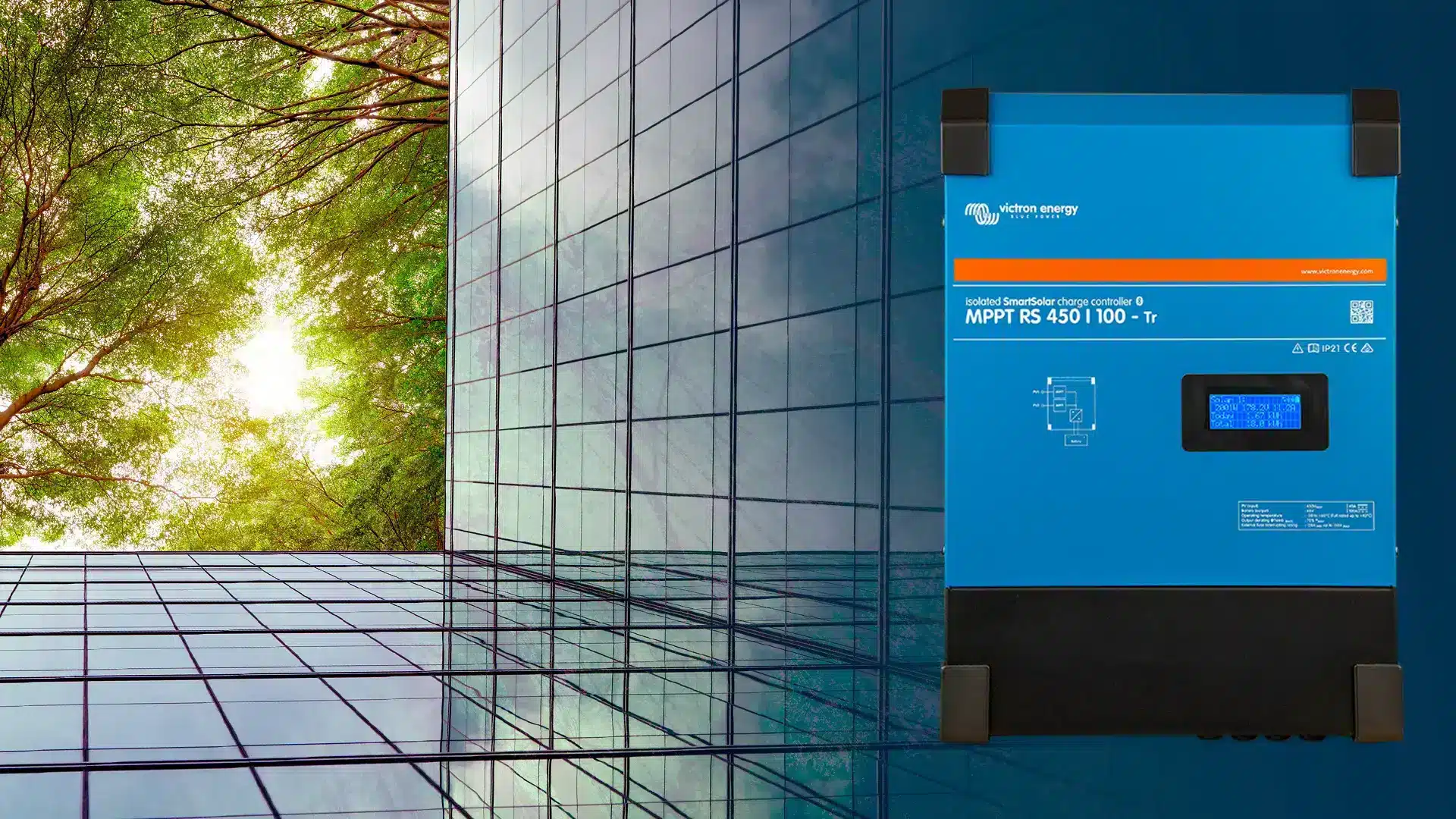
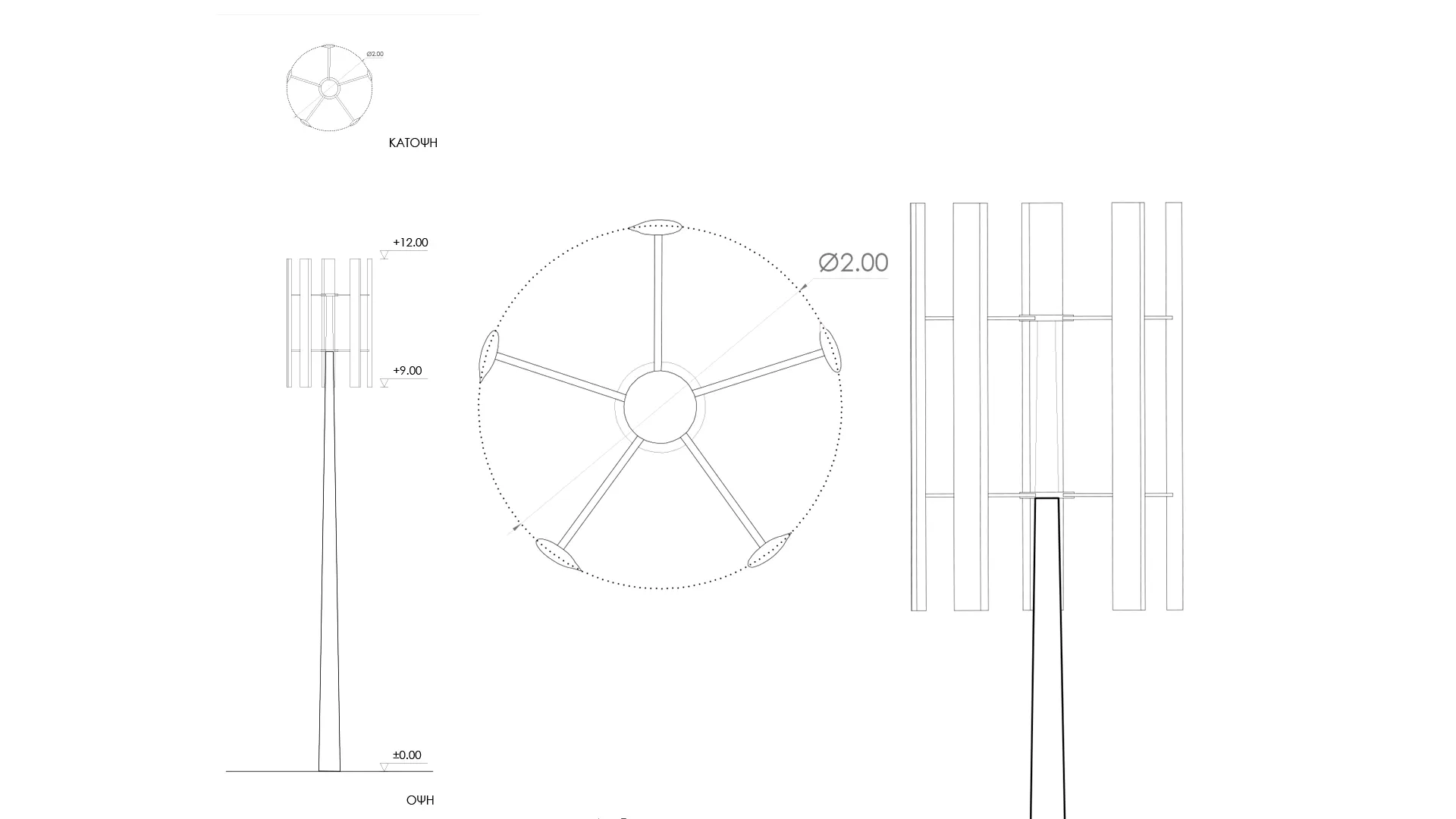
Wind turbines
The second element of our system relates to a wind turbine, vertical axis of the company Engelec with a power of 5KW. The energy produced by the wind turbine is managed by a charging controller, which ensures the proper input of the DC Bus of 48V, which is used as a central hub power management for the entire system.
Water tower
Indicatively and at an experimental stage, the third part of the system includes a water tower with tanks with a capacity of 10 tons. This water tower harnesses the kinetic energy of water to drive a 2KW hydrogen generator. The energy produced by the hydrogen generator is integrated into the 48V DC Bus, providing additional energy whenever it is deemed necessary for the stable operation of the system.
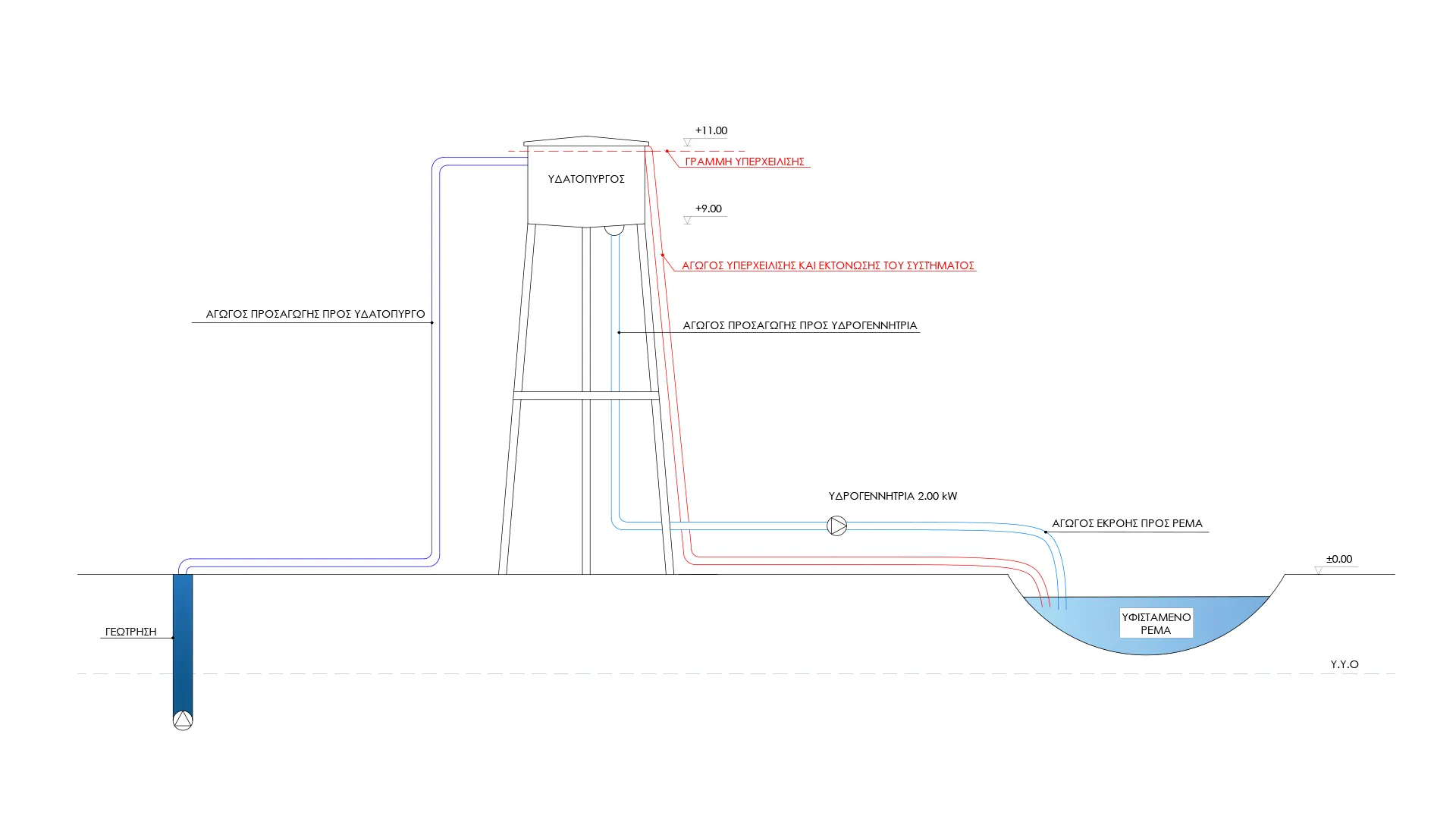
Battery
The battery, consisting of modular elements 2V of the company Sunlight, type OPZs. In its original condition, includes 48 elements, however it is designed to be extensible, responding easily to the changing energy needs of the installation.
DC BUS
The DC Bus is the heartbeat of the system, where all the energy sources – the PV system, the wind turbine and the hydrogen generator – are connected in order to provide power to the system loads and the central battery.
In the main DC Bus, the inverters energy companies Victron and Huawei play a vital role in the functioning of the system.
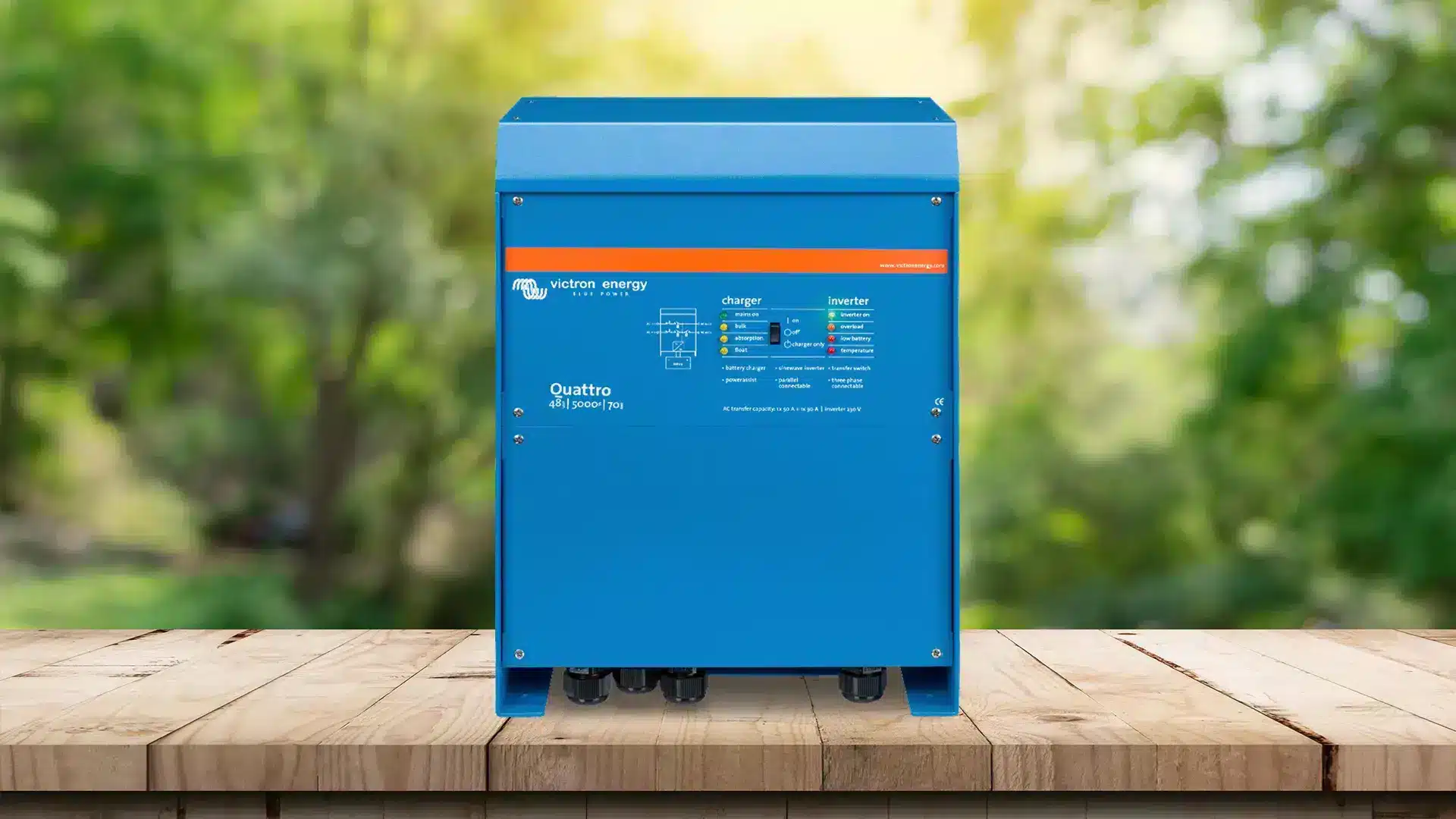
These inverters are responsible for converting the DC power to AC, adapting three main functions:
(a) the supply of critical loads, in order to ensure the continuous operation of the most vital systems,
(b) the power of the normal load of the installation and,
c) the channeling of the surplus of the produced energy to the DEDDIE network, if there is a possibility of interconnection, thus allowing the sale of the overproduced energy and the optimization of the system's economics.
Read more about the inovate controller application microgrid in the text “The Micro Network of Autonomous Energy Controller“
It's impressive to see how this innovation was created entirely in Greece. This system is an excellent effort by teams of academics and entrepreneurs that are active in the field of renewable energy. We're only at the beginning of an evolutionary process that will bring changes in the way we produce and consume energy.
Stay tuned.
The system is implemented by the company and in a few days will occur in operation. Stated interest for more information, by clicking on the button below.
The AmEFC (EMION) is funded by the General Secretariat for Research and Innovation of the Hellenic Republic, with proposal number [T2ΕΔΚ-02878], financed by the European Union.
The project is run under the auspices of the Special Service Management and Implementation of Actions in the Areas of Research, Technological Development and Innovation (EYDE RTDI). With the co-financing of Greece and the European Union.

